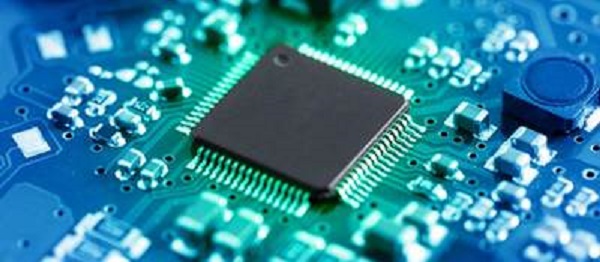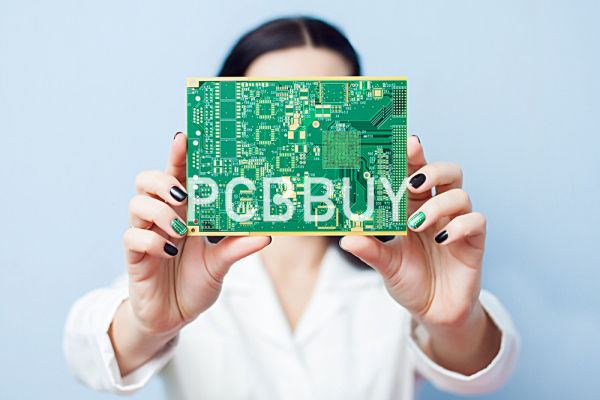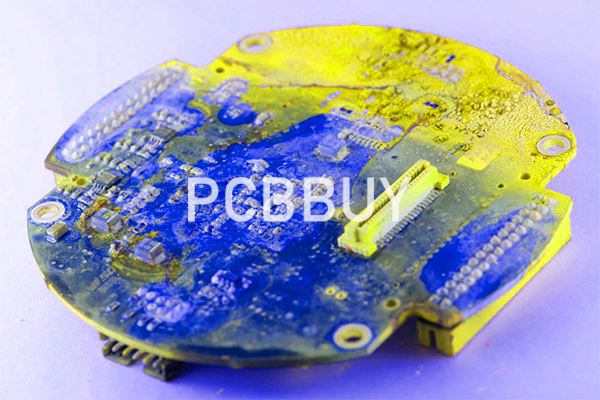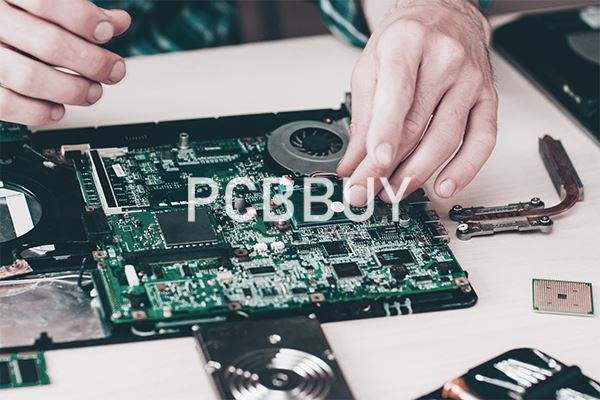What Is A PCB Shield in PCB Design?
By:PCBBUY 04/27/2022 10:53

The main purpose of effective EMC Shielding is to prevent electromagnetic interference (EMI) or radio frequency interference (RFI) from impacting sensitive electronics. This is achieved by using a metallic screen to absorb the electromagnetic interference that is being transmitted through the air.
Do you the methods of PCB shield? Are you curious about PCB shield? If you are searching for PCB shield information, please check and read the content in this passage for more professional knowledge.

What are the main types of PCB shield?
PCB RF Shielding
Electromagnetic Interference shielding or EMI shielding that impedes radio frequencies and electromagnetic radiation is called RF shielding. This type of shielding reduces the coupling of radio waves, electromagnetic fields and electrostatic. A conductive enclosure used to block electrostatic fields is also known as a Faraday cage.
Arduino Shielding
The Arduino EMI PCB shield is a board that can be mounted on top of the Arduino board. Its shield pins are inserted into the sockets located down both sides of the Arduino board. Arduino has a large, range of shields designed for prototyping.
How does EMC Shielding work in PCB?
The main purpose of effective EMC Shielding is to prevent electromagnetic interference (EMI) or radio frequency interference (RFI) from impacting sensitive electronics. This is achieved by using a metallic screen to absorb the electromagnetic interference that is being transmitted through the air. The shield effect is based on a principle used in a Faraday cage – the metallic screen completely surrounds either the sensitive electronics or the transmitting electronics. The screen absorbs the transmitted signals, and causes a current within the body of the screen. This current is absorbed by a ground connection, or a virtual ground plane.

What are the applications of PCB EMC shielding?
Here’s a look at some of the ways EMC Shielding is used across a broad range of applications…
·EMC Shielding is used to protect medical and laboratory equipment, where it is vitally important and potentially life-saving to disrupt and prevent signal interference. Anything from AM/FM emergency service transmission and other telecommunications, to data communications, theatre and ward patient monitoring equipment, and even in-body medical devices such as pacemakers.
·EMC Shielding can prevent access to data stored on RFID chips or embedded in other devices.
·EMC Shielding can be used in combination with air-gapped systems to increase and complement existing security measures, such as those used in military, government and financial systems.
What are the considerations of processing PCB shield?
How to design a board with low or absolutely zero electromagnetic interference? Well, it isn’t impossible. The below design practices will make sure you do not create antennas, which will emit electromagnetic energy. These best design practices will reduce the length and area of the potential signal return paths that may increase unwanted EM emissions. The multi-layers stack-up
Trace spacing and layout
Traces are the conductive paths that carry current from the driver to the receiver on the PCB. When these traces come across any bend or cross, they form a fully radiating antenna. Some common trace design rules are:
Ground planes
A ground with low inductance value is a crucial element during PCB designing for mitigating EMC problems. Increasing the ground area on a PCB reduces the ground inductance in the system, hence EM emission and crosstalk too. Several approaches are available when we need to connect the signals to the ground, but what is best? Before jumping to the best PCB design approach, let us discuss what is not at all acceptable? Never connect the PCB components randomly to the ground points. So, what is the recommended design approach?

How to improve the PCB shielding principles?
Miniaturization of handsets and other wireless devices creates scores of shielding challenges as high-frequency components become more closely spaced. As printed-circuit boards (PCBs) shrink, new electromagnetic-interference (EMI) shielding solutions must provide greater levels of interference suppression, but without significantly adding mass, weight, and cost to a device. Fortunately, a new shielding technology developed by W.L.
Both try to create a complete shield around the PCB's components to ensure proper electrical performance and comply with regulatory requirements for EMI emissions and susceptance.
The goal of an EMI shield is to create a Faraday cage around the enclosed RF components using the six sides of a metallic box. The top five sides are created using a shielding cover or metal can, while the bottom side is achieved by using the ground plane within the PCB quote. In an ideal enclosure, no emissions would enter or exit the box. In reality, leaks do occur, such as from holes perforated into soldered cans that allow thermal heat transfer during solder reflow. Leaks can also occur from imperfections along an EMI gasket or solder attachments.
Industry Category











